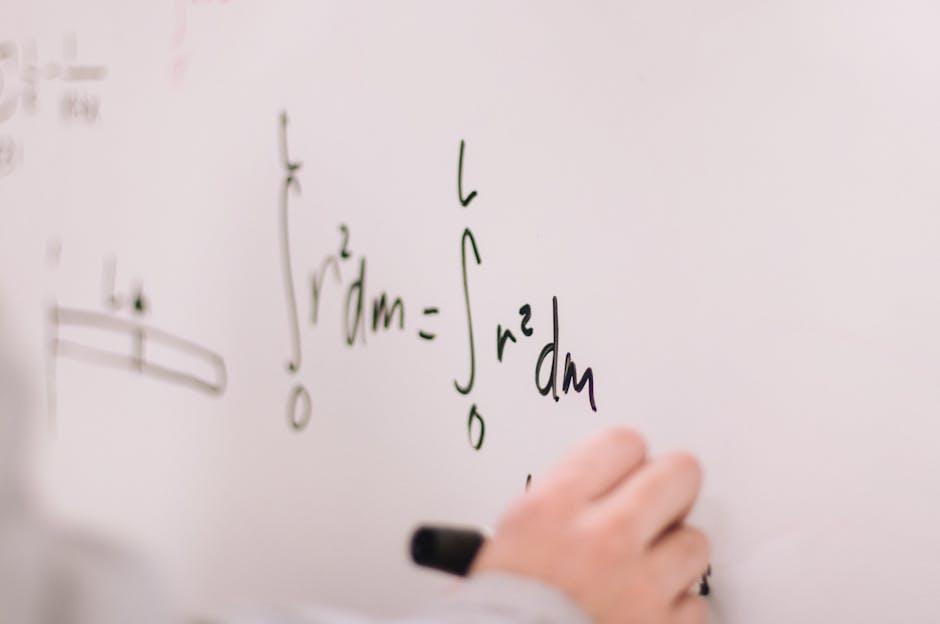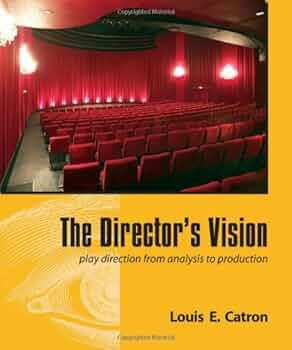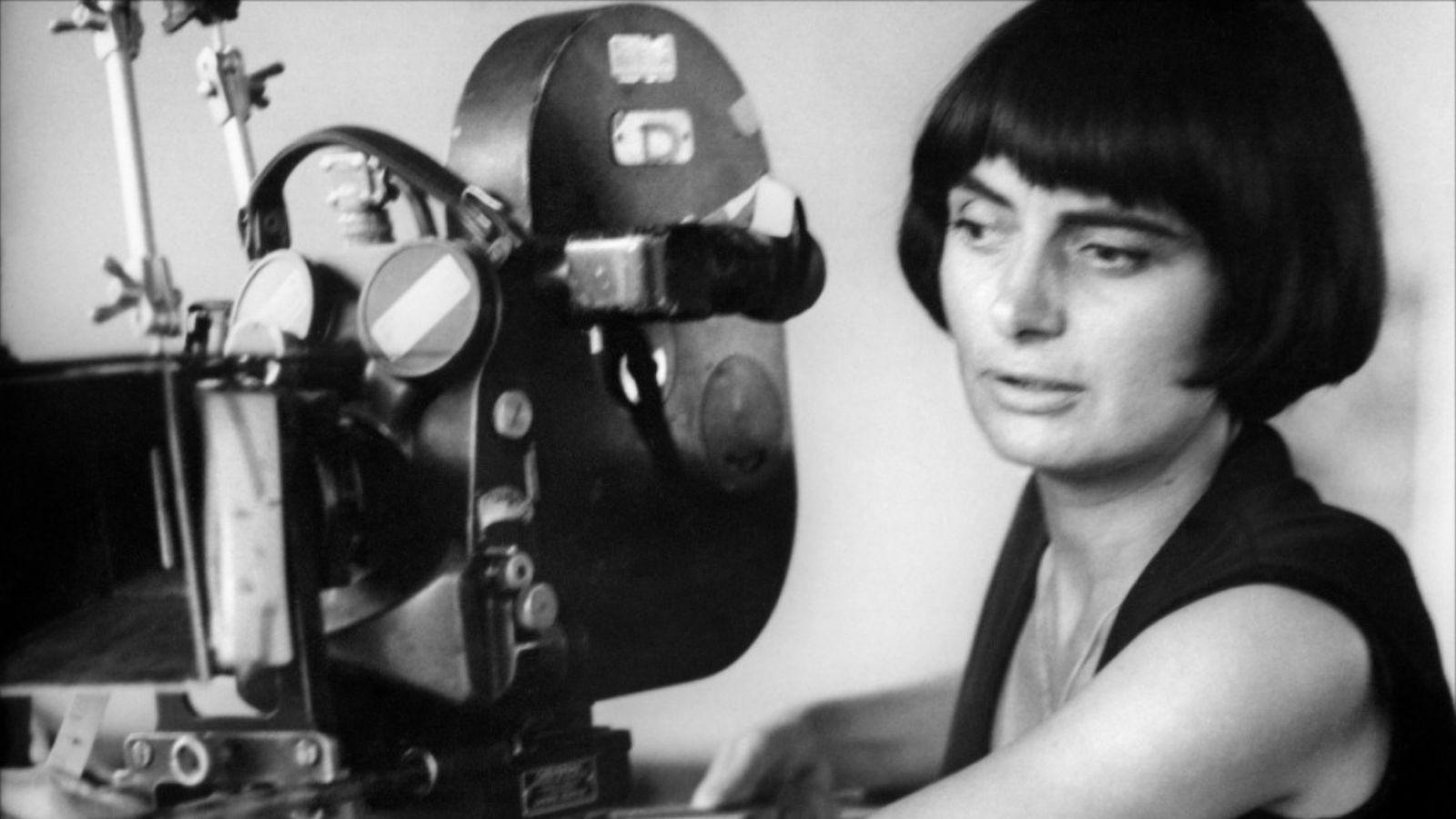In the ever-evolving landscape of modern cinema, the auteur theory—once a cornerstone of film criticism and analysis—faces renewed scrutiny. Originating in the mid-20th century, this theory champions the director as the singular visionary behind a film’s creative identity. However, as contemporary filmmaking increasingly embraces collaborative approaches and technological innovations, the question arises: does the auteur theory still hold relevance today? This article delves into the enduring influence and potential limitations of the auteur concept in today’s cinematic universe, examining how directors, screenwriters, and other creative forces contribute to the storytelling tapestry of the 21st century. With a confident lens, we explore whether the auteur theory remains a vital framework for understanding the artistry of modern filmmaking or if it has become an anachronistic relic in an age of collective creativity. Auteur Theory in Contemporary Filmmaking”>
Auteur Theory in Contemporary Filmmaking”>
Evaluating the Influence of Auteur Theory in Contemporary Filmmaking
In the landscape of modern cinema, the auteur theory continues to spark debate among filmmakers and critics alike. While some argue that the dominance of studio-driven projects has diluted the individual vision, others maintain that the unique creative signatures of directors like Wes Anderson, Christopher Nolan, and Greta Gerwig demonstrate the theory’s ongoing relevance. Auteur theory, which posits that a director’s personal influence and artistic control are the primary drivers of a film’s identity, still holds weight in discussions about artistic integrity and innovation in filmmaking.
Despite the collaborative nature of film production, certain directors manage to imprint their distinct styles and themes across their body of work. Consider the following aspects where auteur theory manifests in contemporary cinema:
- Visual Style: Directors like Quentin Tarantino and Denis Villeneuve are known for their unique visual storytelling, characterized by distinctive color palettes and framing techniques.
- Narrative Themes: The exploration of complex themes such as identity, time, and existentialism in Nolan’s films underscores a personal philosophical inquiry.
- Innovative Techniques: The use of non-linear storytelling or diegetic sound to enhance narrative depth showcases the director’s creative autonomy.
These elements not only validate the enduring presence of auteur theory but also highlight its evolution in response to the demands of a global audience. As cinema continues to transform, the auteur’s role in shaping cinematic experiences remains a cornerstone of creative discourse.

The Evolution of Directorial Vision in the Age of Streaming
In the era of streaming platforms, the traditional boundaries of directorial vision are being both challenged and expanded. Directors now have unprecedented freedom to experiment with narrative forms and storytelling techniques, unrestricted by the conventional demands of theatrical releases. This shift has resulted in a more dynamic landscape where unique voices can flourish. Yet, this freedom also raises questions about the auteur theory’s relevance, as the collaborative nature of streaming content often blurs the lines of singular artistic vision.
Streaming platforms have introduced several key changes that impact directorial vision:
- Format Flexibility: Directors can explore episodic storytelling, allowing for deeper character development and complex plots.
- Global Reach: Access to a worldwide audience encourages diverse cultural narratives and styles.
- Budget Variability: Budgets can range from indie-level to blockbuster, offering a wide spectrum of creative possibilities.
Despite these advancements, the essence of the auteur remains potent. Visionary directors continue to imprint their distinctive styles and thematic preoccupations on projects, maintaining a strong personal identity amidst collaborative processes. The streaming age may have transformed the medium, but the core of directorial vision endures, proving that the auteur theory still holds significant weight in modern cinema.
Balancing Collaborative Creativity with Auteur-Driven Narratives
In today’s cinematic landscape, the tension between collaborative creativity and the singular vision of an auteur is more palpable than ever. Modern films often emerge from a complex web of contributions, where writers, producers, actors, and editors all play pivotal roles. Yet, the auteur theory—championing the director as the primary visionary—still holds sway in certain circles. The challenge lies in harmonizing these dynamics to craft narratives that are both innovative and cohesive.
- Collaborative Strengths: The synergy of diverse perspectives can lead to richer storytelling, with layers of depth and nuance that a single viewpoint might overlook.
- Auteur Advantages: A singular, strong vision can unify a film’s thematic and stylistic elements, offering a distinct voice that resonates with audiences.
Striking the right balance requires a delicate dance. While collaborative efforts bring a mosaic of ideas to the table, the auteur’s touch can provide clarity and direction. The interplay between these forces is crucial for crafting films that are not only technically proficient but also emotionally and intellectually engaging.

Recommendations for Embracing Auteur Theory in a Modern Context
To effectively incorporate auteur theory into contemporary cinema analysis, consider the following strategies:
- Recognize Diverse Voices: Expand the definition of the auteur to include a variety of perspectives and backgrounds. Highlight the unique contributions of directors from underrepresented communities to broaden the scope of auteur theory.
- Embrace Technological Evolution: Analyze how directors utilize modern technology to express their personal vision. From digital cinematography to CGI, understanding these tools can provide deeper insights into a director’s creative signature.
- Focus on Collaborative Dynamics: Acknowledge the collaborative nature of filmmaking while identifying the director’s influence. Explore how directors maintain their distinct voice amidst the contributions of writers, producers, and other creatives.
- Adapt to Genre Fluidity: Consider how auteurs navigate and redefine genre conventions. By examining directors who blend genres or subvert expectations, we can gain a richer understanding of their artistic intent.
By embracing these approaches, we can keep auteur theory relevant and insightful in analyzing the ever-evolving landscape of modern cinema.

